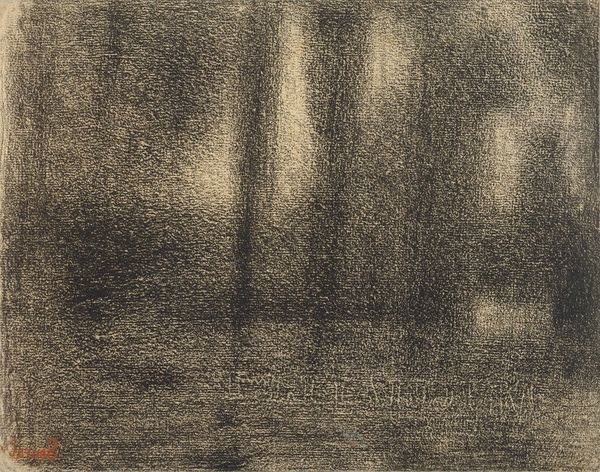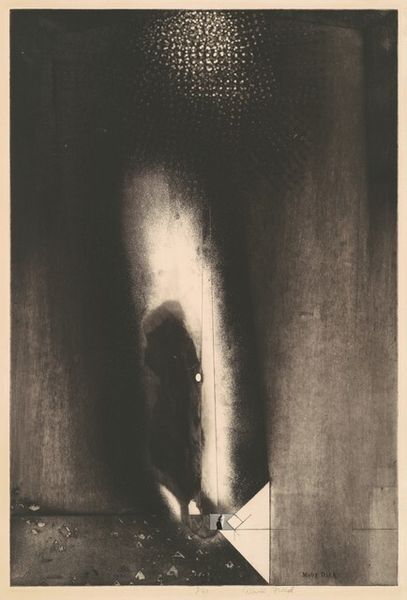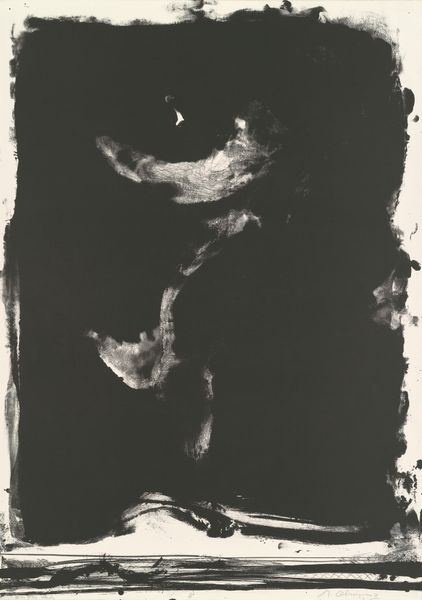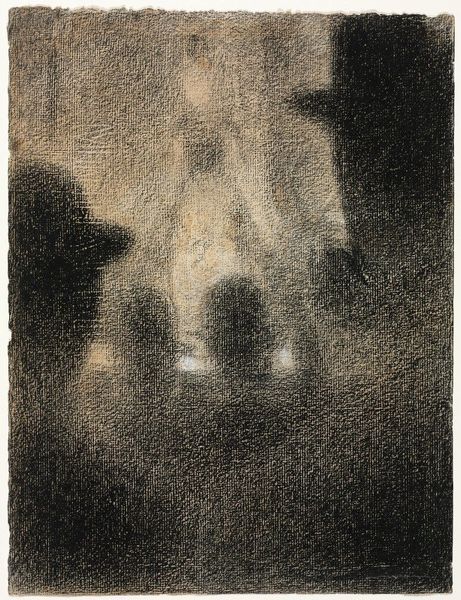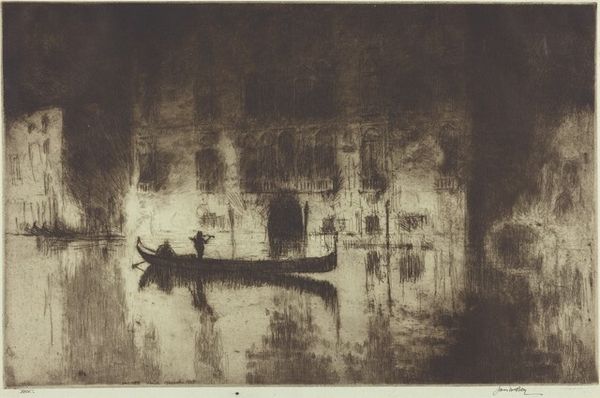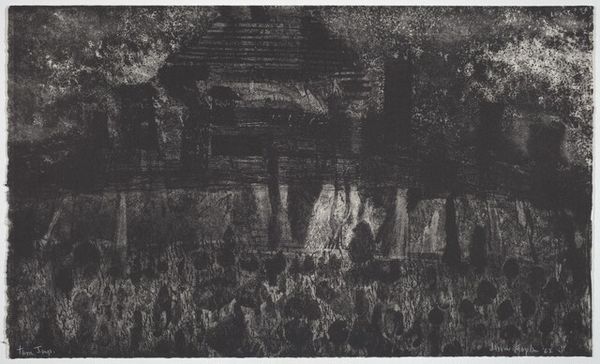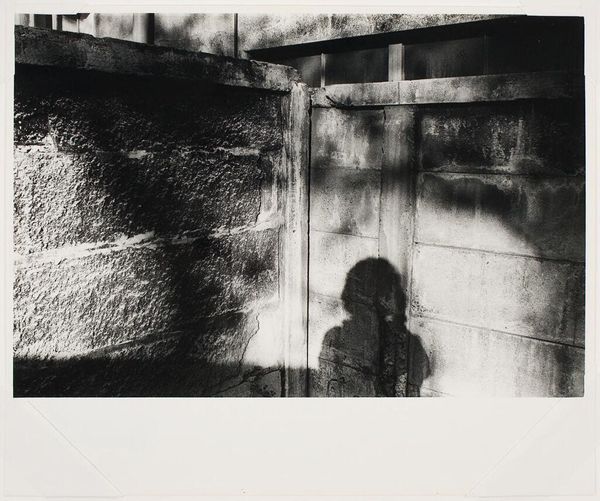
print, intaglio
#
portrait
# print
#
intaglio
#
figuration
#
history-painting
#
monochrome
Dimensions: plate: 60.96 × 84.46 cm (24 × 33 1/4 in.) sheet: 70.33 × 93.5 cm (27 11/16 × 36 13/16 in.)
Copyright: National Gallery of Art: CC0 1.0
Curator: This somber intaglio print is John Paul Jones' "Double Portrait" from 1957. The figures almost emerge from the darkness. Editor: Yes, it's deeply atmospheric. All that deep etching, almost oppressive, feels like a memory resurfacing from the shadows. Curator: Jones was active during a period where printmaking experienced a resurgence, with artists pushing the medium’s expressive potential after its use in wartime propaganda, engaging with the power of its visual language in shifting sociopolitical times. Editor: Looking at it materially, it's remarkable. Intaglio relies on incising the image into the plate. You feel the hand of the artist so directly in each line, the physical labor translating to a sort of raw emotional honesty. How that etching grabs ink from those deeper recesses gives an almost painterly range of tones and texture. Curator: Precisely, which reflects an environment where prints entered museum collections and gained respect as more than mere reproductions. I’m struck by the way he uses this darkness, especially against those bands behind them. Almost like bars or slats. Do you think the social unease of the Cold War found its way into works such as these? Editor: Definitely. And the texture becomes important there, no? Notice how the vertical hatching of those background slats contrasts with the sweeping marks across their forms; perhaps marking a societal rift or unease between social classes. These details, of method, speak loudly. Curator: I see your point, and, agreed: considering its role within artistic discourse, we also must observe the use of the monochrome print and portraiture. The social impact this had on Jones' work shouldn't be overlooked. Editor: Exactly, bringing tactility, material consideration to how cultural anxieties were impressed and later, received through their touch, so much history being passed through that press and those tools! Curator: Considering its context as an important object helps to ground interpretations in the culture and world in which this work played a crucial part in contemporary conversations. Editor: And on my end, bringing light to the role that physical materiality plays can unlock meaning beyond the picture plane, expanding considerations and histories of image-making beyond visuality alone.
Comments
No comments
Be the first to comment and join the conversation on the ultimate creative platform.
